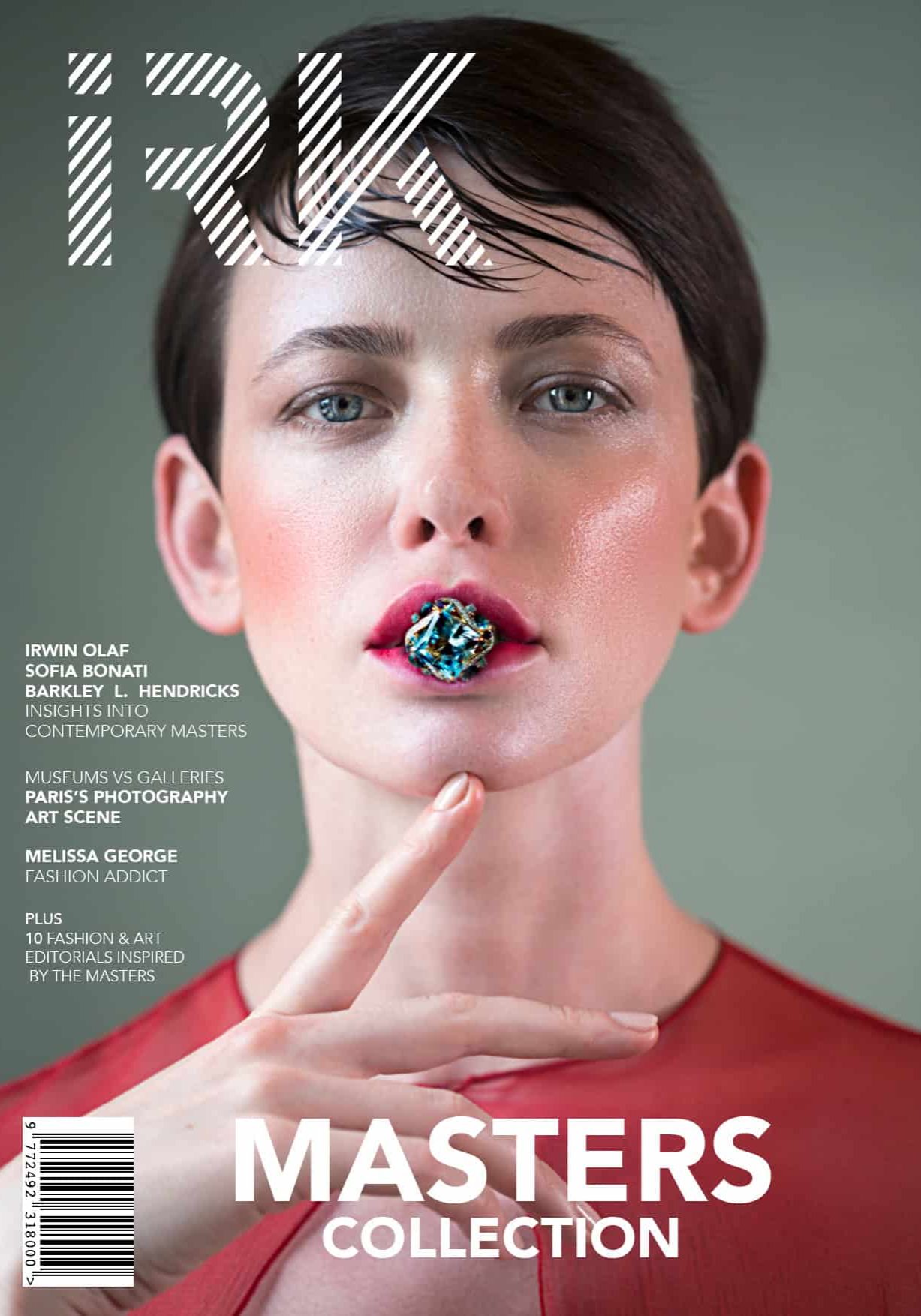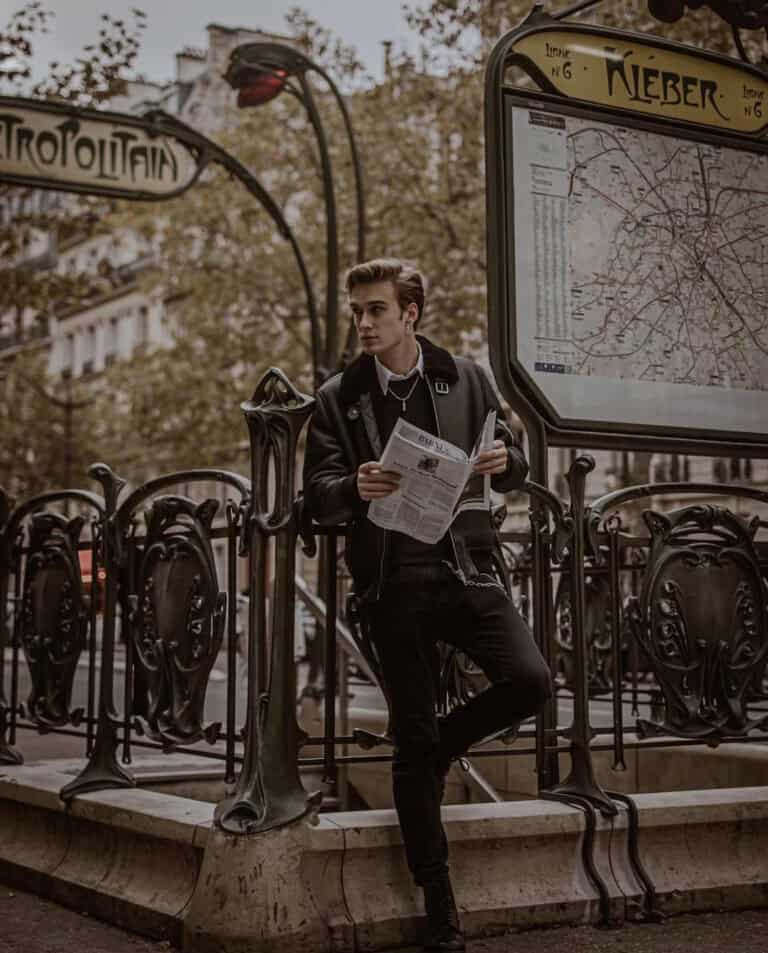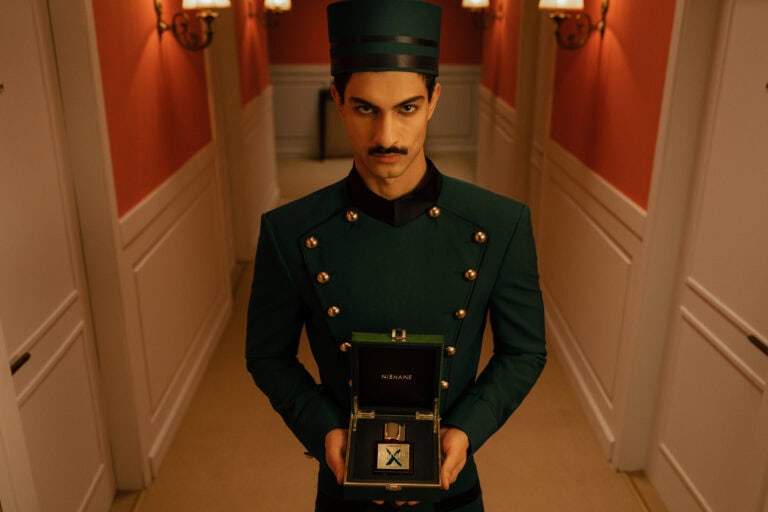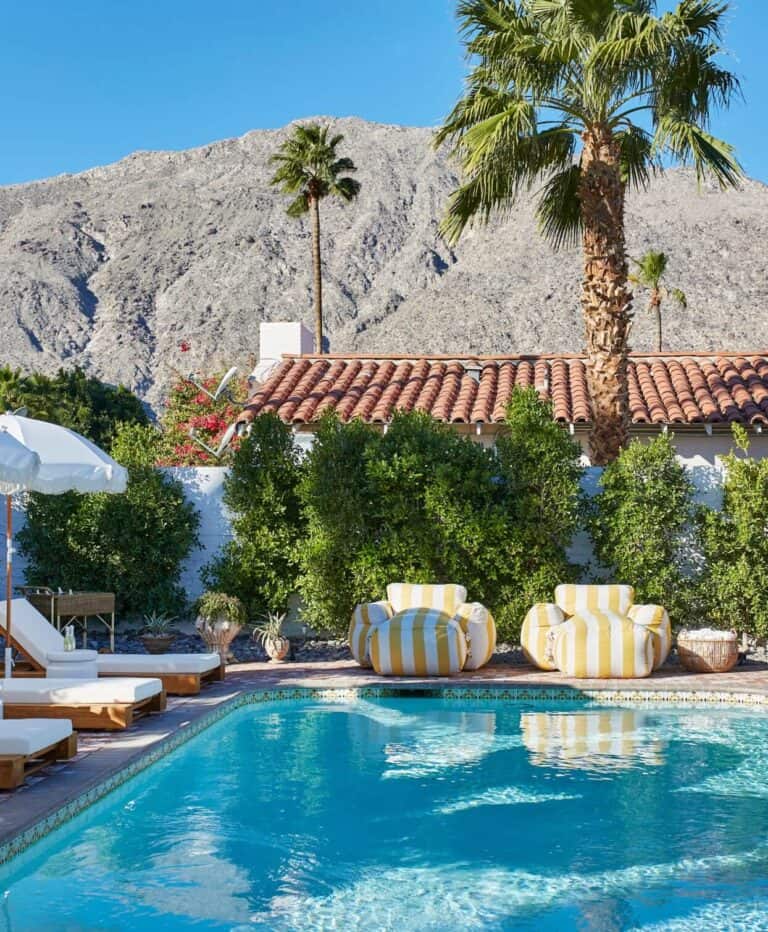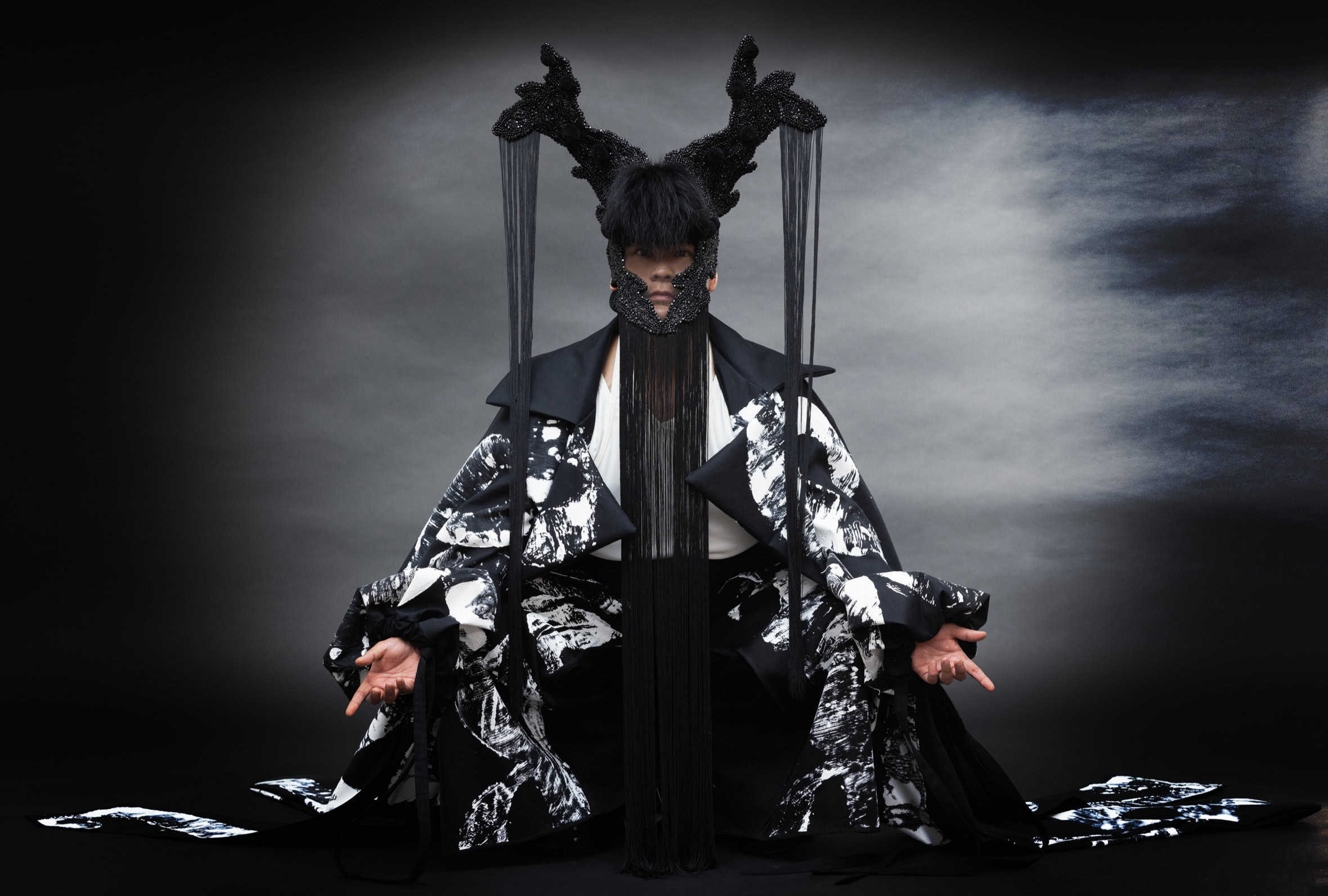
What’s Behind Jase King’s Mask
IRK Magazine
Jase King is a multidisciplinary artist who’s body of work represents an exchange of energy and expression, drawing from the various experiences he has had in his life. As a versatile artist, he seamlessly transitions between different mediums such as photography, painting, video installation, and sculpture. These techniques are united by his background in performance arts. His creations, both playful and dramatic, possess a paradoxical theatrical quality.
Recently, Jase has focused on creating masks as part of his artistic projects. The context of their development, provides a framework for profound introspection. Each mask embodies a character associated with one of the artist’s facets. The “Agent Saboteur” mask, in particular, reflects Jase’s inner voice, engaged in a constant struggle with his most demanding critic: himself.
His works will be exhibited at Miami Aqua Art Week, featuring a new collection of masks. Additionally, three fashion shows will be presented, showcasing the work of IFA Paris students with 36 looks complemented by Jase King’s masks. These shows will take place on December 7, 8, and 9 as part of Miami Aqua Art Week. The first show (December 7) will emphasize human resilience in the face of adversity, while the second show (December 8) will highlight the importance of diversity and breaking down borders. Finally, the third show (December 9) will symbolize the dismantling of systemic barriers and discrimination.
IRK: How would you introduce your art to anyone unfamiliar with it?
JASE: My art is deeply connected to my personal journey and the kaleidoscope of emotions and experiences I’ve encountered.
I use the metaphor kaleidoscope because there is an ever-changing quality to the work, where each new series reveals a new facet or perspective. It explores cosmic influences, paradoxes, and the complexities of the human experience. Through the use of varied materials and unexpected compositions, I aim to evoke feelings of bewilderment, prompt contemplation, nostalgia, and fantasy. Disgust works too, if you are so inclined.
IRK: What does it mean to you to be a multidisciplinary artist?
JASE: I appreciate the flexibility and breadth that come with being multidisciplinary. Embracing a multidisciplinary approach allows me to explore various fields and genres without being confined to a specific label. While labels can provide a quick way for others to understand what I do, the diverse nature of my approach defies easy categorization.
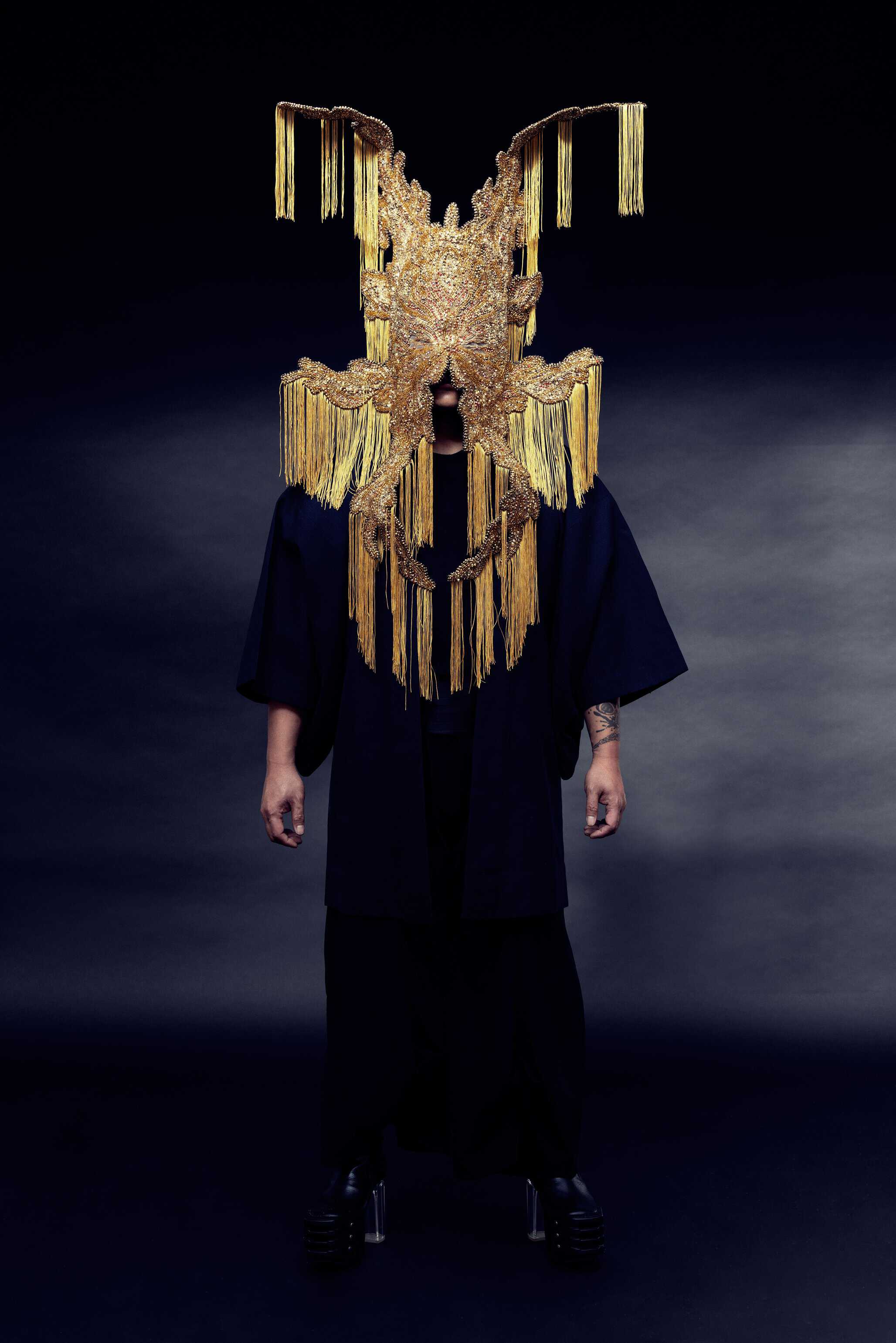
IRK: Which do you think could have been your first artistic expression?
JASE: In grade 1 in Melbourne, Australia, I have styled, and choreographed a dance performance with four of my other classmates and performed it during school assembly.
IRK: Did you study art, or are you self-taught?
JASE: I graduated with a degree in performing arts, and it provided me with a unique and valuable foundation for my current creative pursuits.
IRK: Can you tell us about your past and how it influenced your art?
JASE: Attention to detail, narrative structure, spatial awareness, dynamic expression, storytelling, and the importance of engagement are just a few of the many skills I utilize from my education in my work.
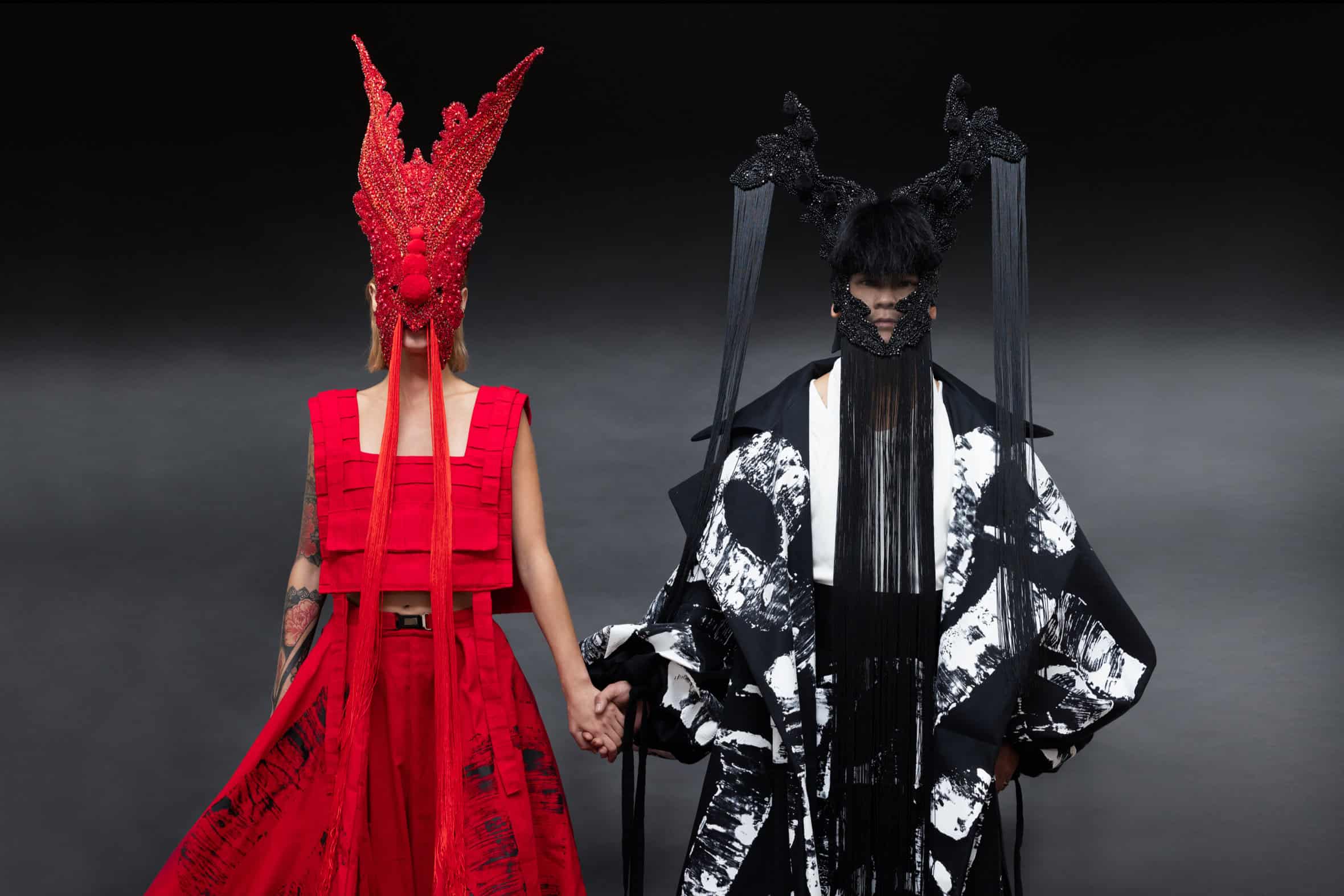
IRK: Tell us more about how and when you started making masks.
JASE: In October of 2019, I embarked on a rather unconventional artistic experiment, attaching cooked spaghetti to my face using latex glue. This marked the inception of an ongoing project that delves into the symbolic realm of food, utilizing it as a metaphorical language in my art.
Interestingly, this creative journey began just two months before the first case of COVID was discovered in France. The global pandemic, with its impact on the scarcity and availability of food products worldwide, prompted a shift in my artistic direction. The challenges posed by the circumstances discouraged me from continuing with the food-based approach in my art at that time.
Instead, I turned my focus inward, sourcing materials from within my home to embark on a new artistic endeavor. This marked the genesis of what I now refer to as the “Tres Bizarre” masks. By upcycling everyday materials, I sought to respond creatively to the limitations imposed by the pandemic, finding a way to express myself despite the challenges.
It’s a testament to adaptability in how a project can transform and evolve in response to external circumstances. As I navigated these unconventional mediums and expressions, the “Tres Bizarre” masks aimed to capture the essence of resourcefulness and creativity in a world in flux.
IRK:When you started creating masks, did you imagine them as sculptures or more as fashion pieces?
JASE: I didn’t explicitly define them but allowed others to interpret and engage with the pieces in an open-ended manner. I birthed them in the wild, and they themselves held the capacity to evoke diverse responses.
As a form of escapism, the masks provided a commentary on the widespread use of surgical masks during a time of global uncertainty. It became a personal journey for those who found solace and escape in these creations, a way to navigate the challenging reality through art.
When requests to purchase the masks came, it showed me that it was a tangible expression that people wanted to incorporate into their lives. The ability to fall into both art and fashion proved to me that it transcended traditional boundaries between the two.
My work caught the attention of the fashion press, especially during a time dominated by casual attire. The masks, in their fantastical and aspirational nature, injected a sense of glamour and creativity into a period where such elements might have felt lacking. It’s fascinating how the face sculptures not only served as art but also became symbols of fashion, offering a break from the mundane and an invitation to dream.
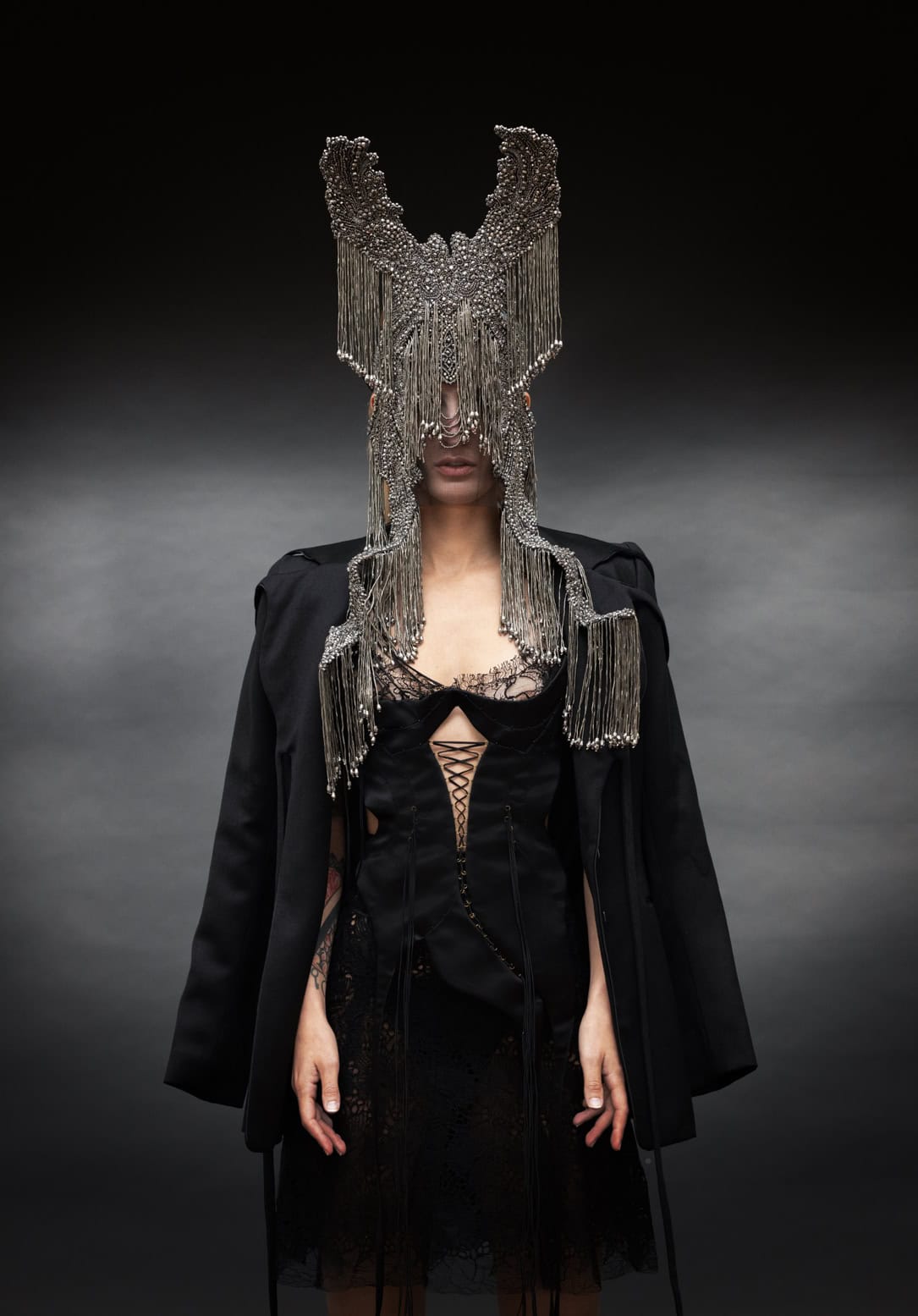
IRK: How is it seeing your creations down the runway at a fashion show?
JASE: For me, it’s not just about showcasing my work for the sake of elevating showmanship. I’ve turned down offers in the past if I felt that my pieces were merely a superficial addition. The real magic happens when my creations are considered right from the beginning and integrated into the show from the birth of the concept.
Trust is a significant factor in this collaborative process. Knowing that my pieces are in the hands of a team that understands and respects the vision behind them is crucial. I’ve experienced the organic chaos that unfolds behind the scenes of fashion shows, and my primary concern is always the care of my creations. The fast-paced nature of these events, especially during quick changes, can be a bit unnerving if I don’t have my own team backstage.
While there’s a certain thrill in seeing my masks in motion on the runway, a more controlled environment would offer a chance to appreciate the intricacies of the face sculptures more closely. Watching the tassels sway as models stomp down the catwalk is exciting, but a controlled setting allows for a more deliberate observation of the details that make each piece unique. It’s about finding a balance between the dynamic energy of a live show and creating an atmosphere where the audience can truly engage with the artistry of the pieces.
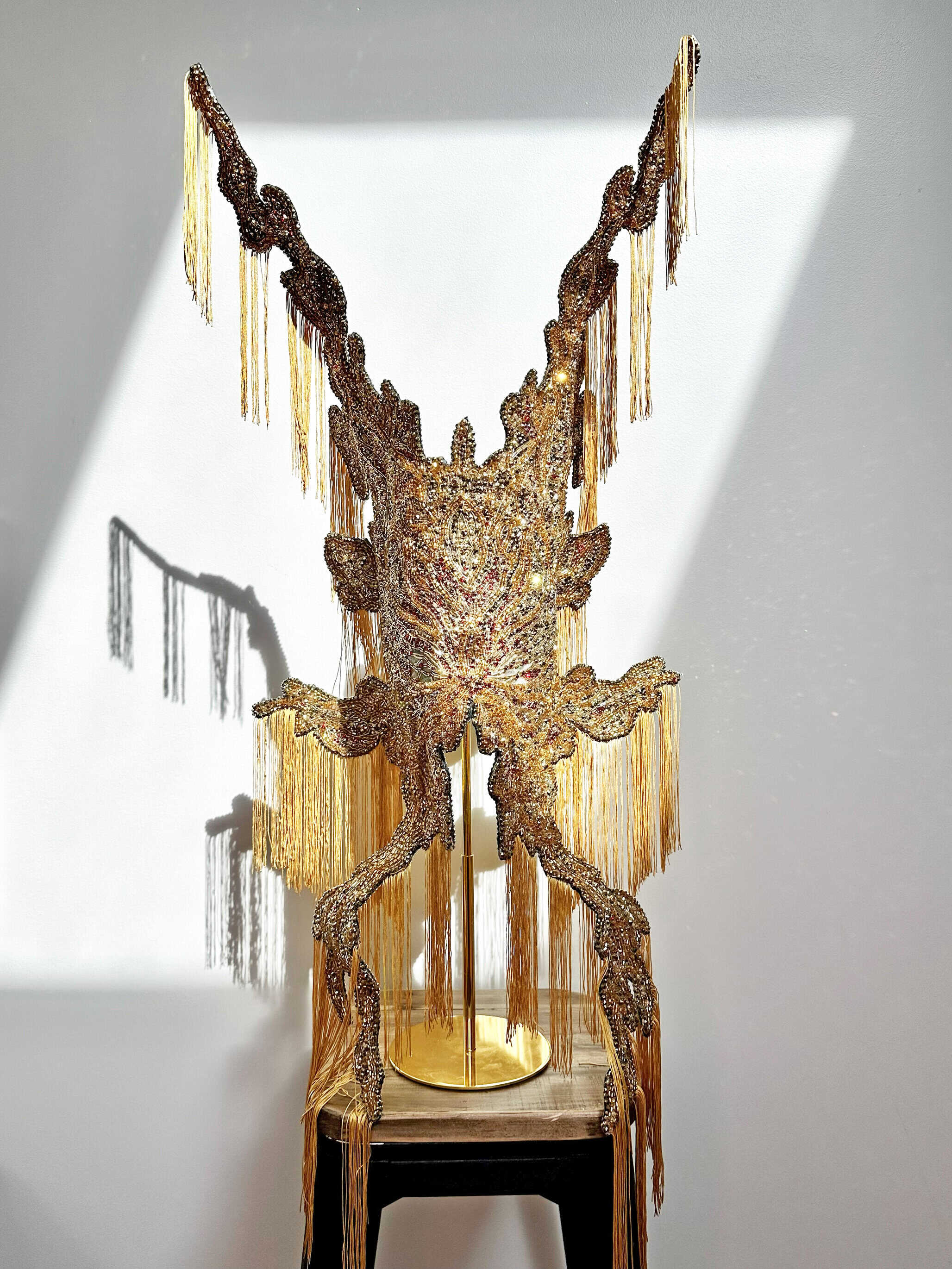
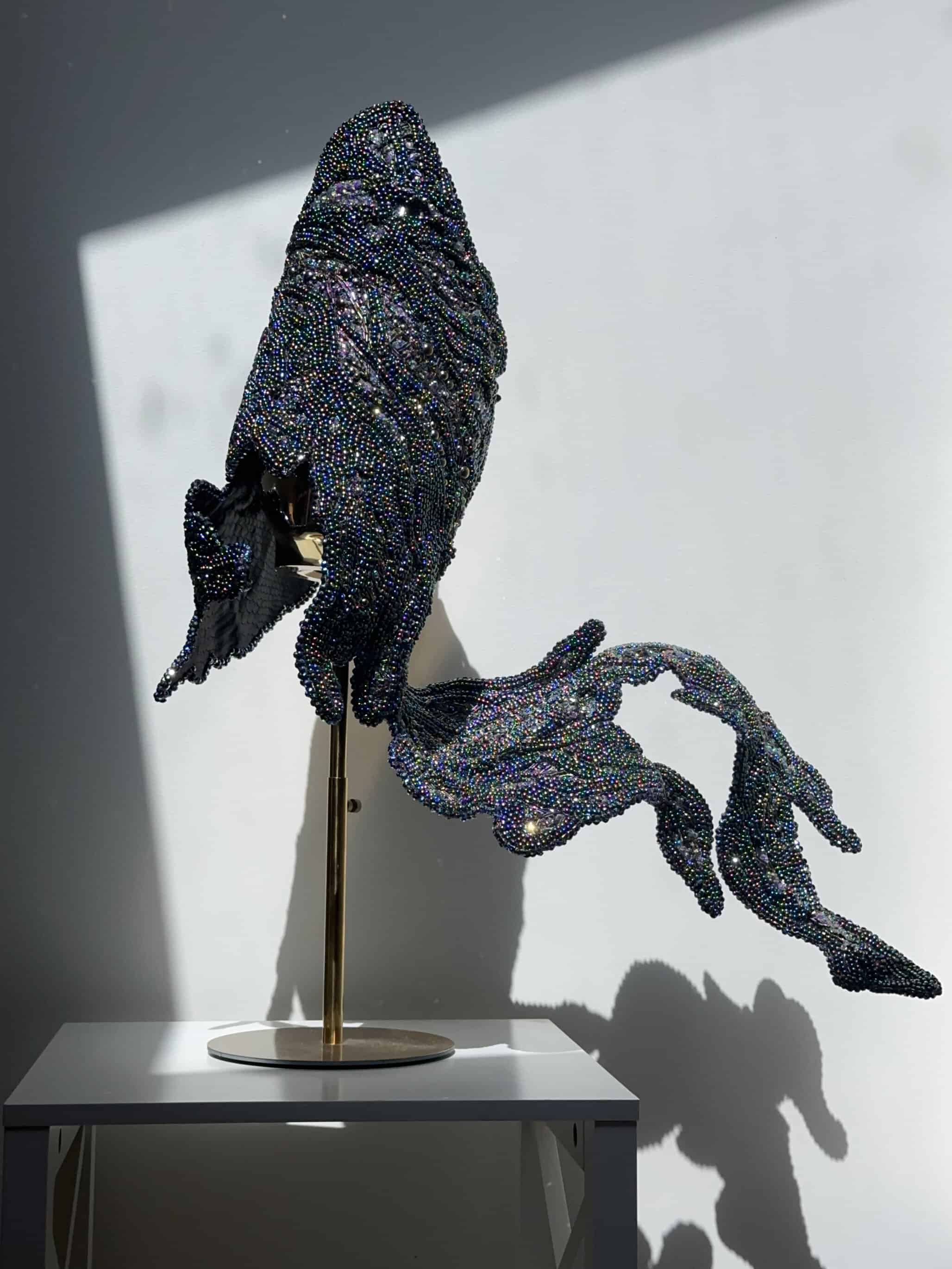
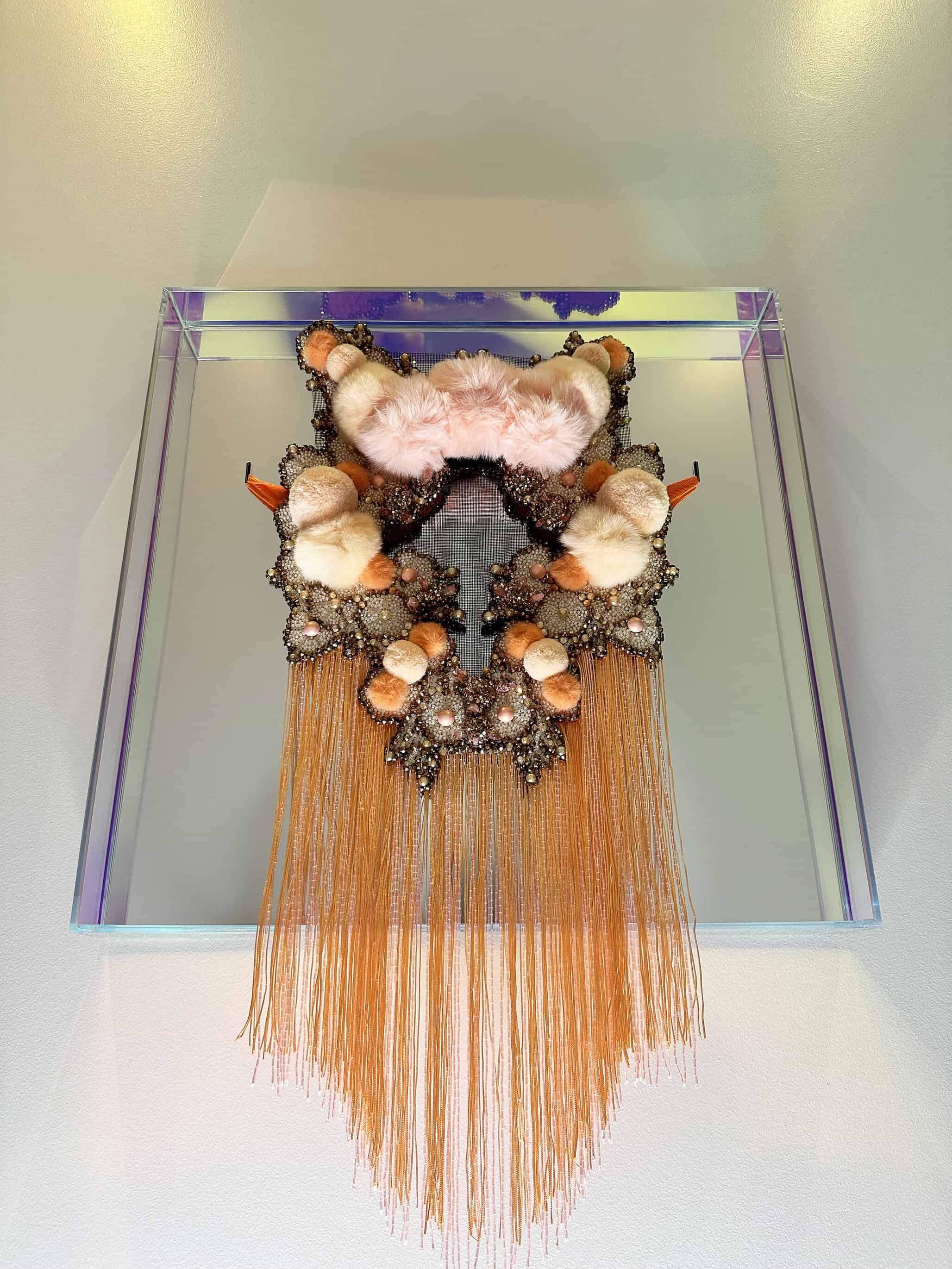
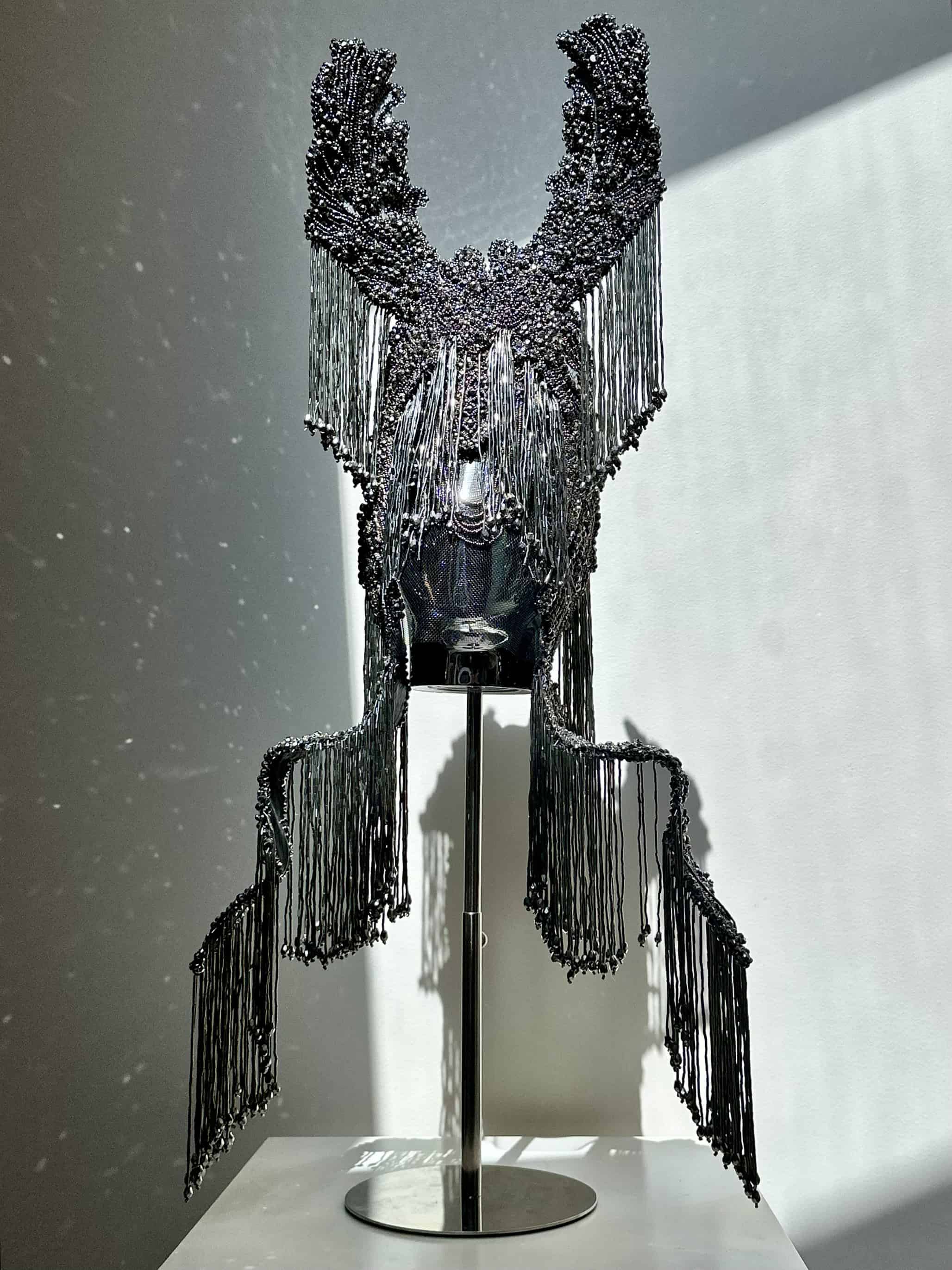
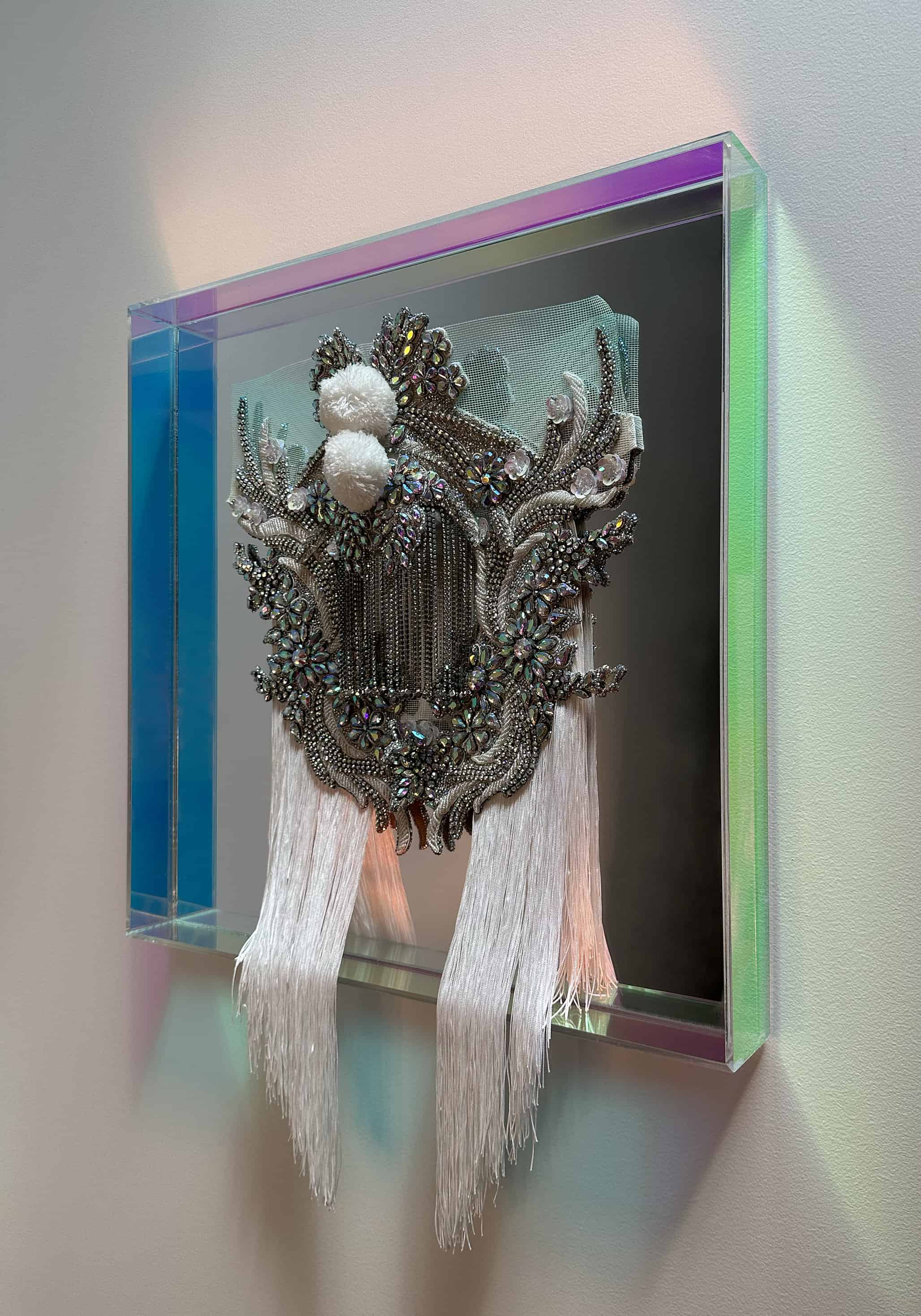
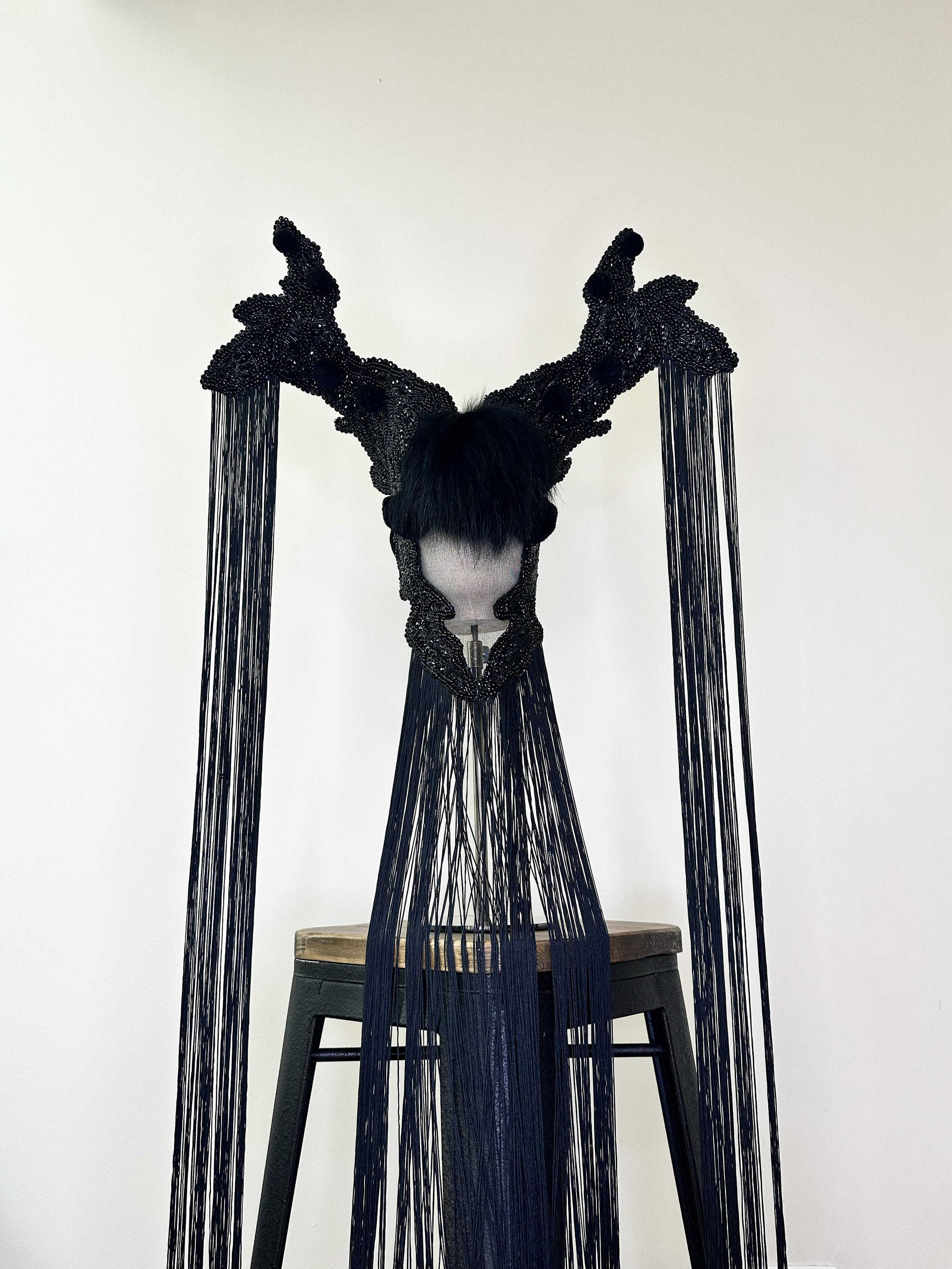
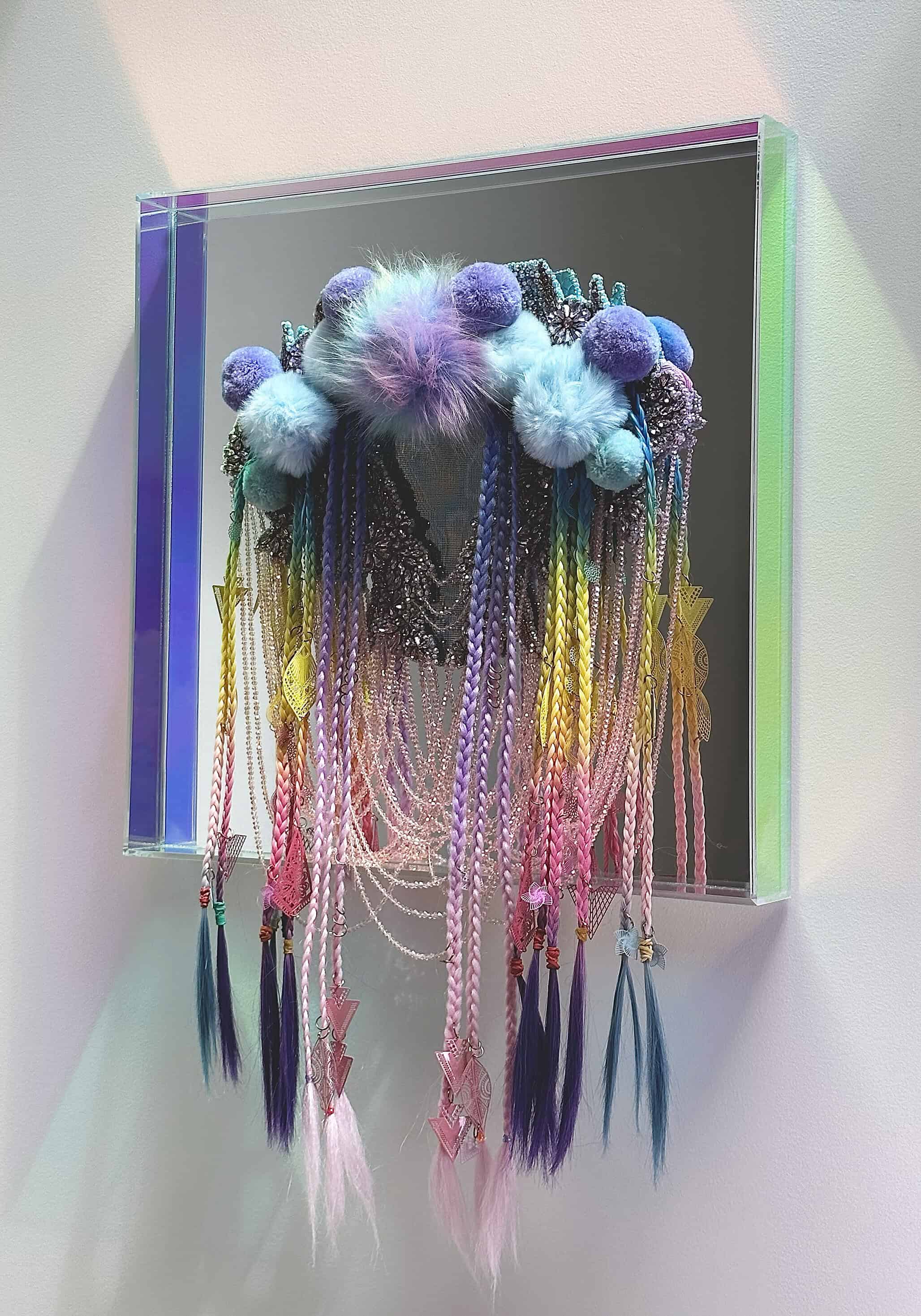
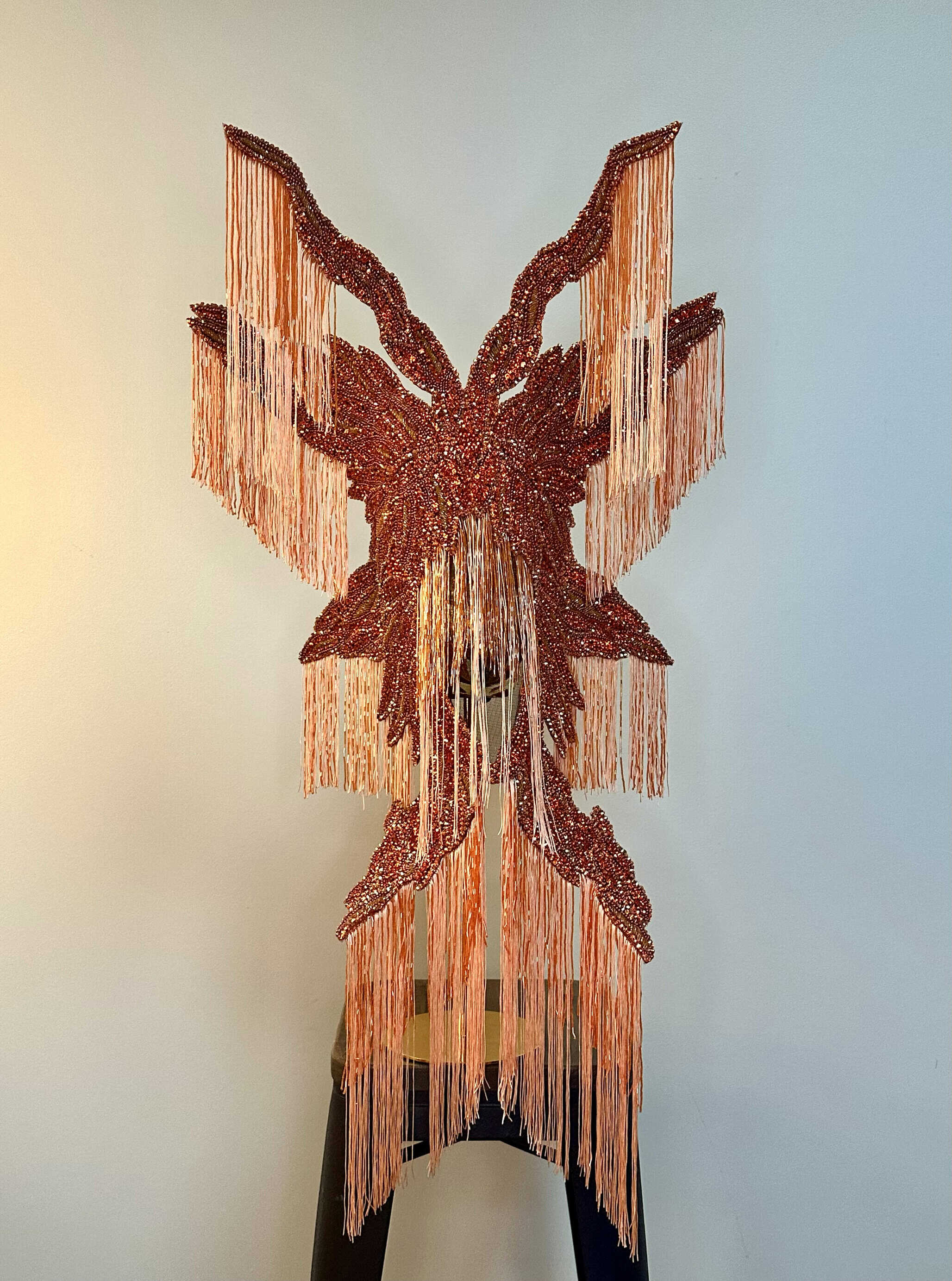
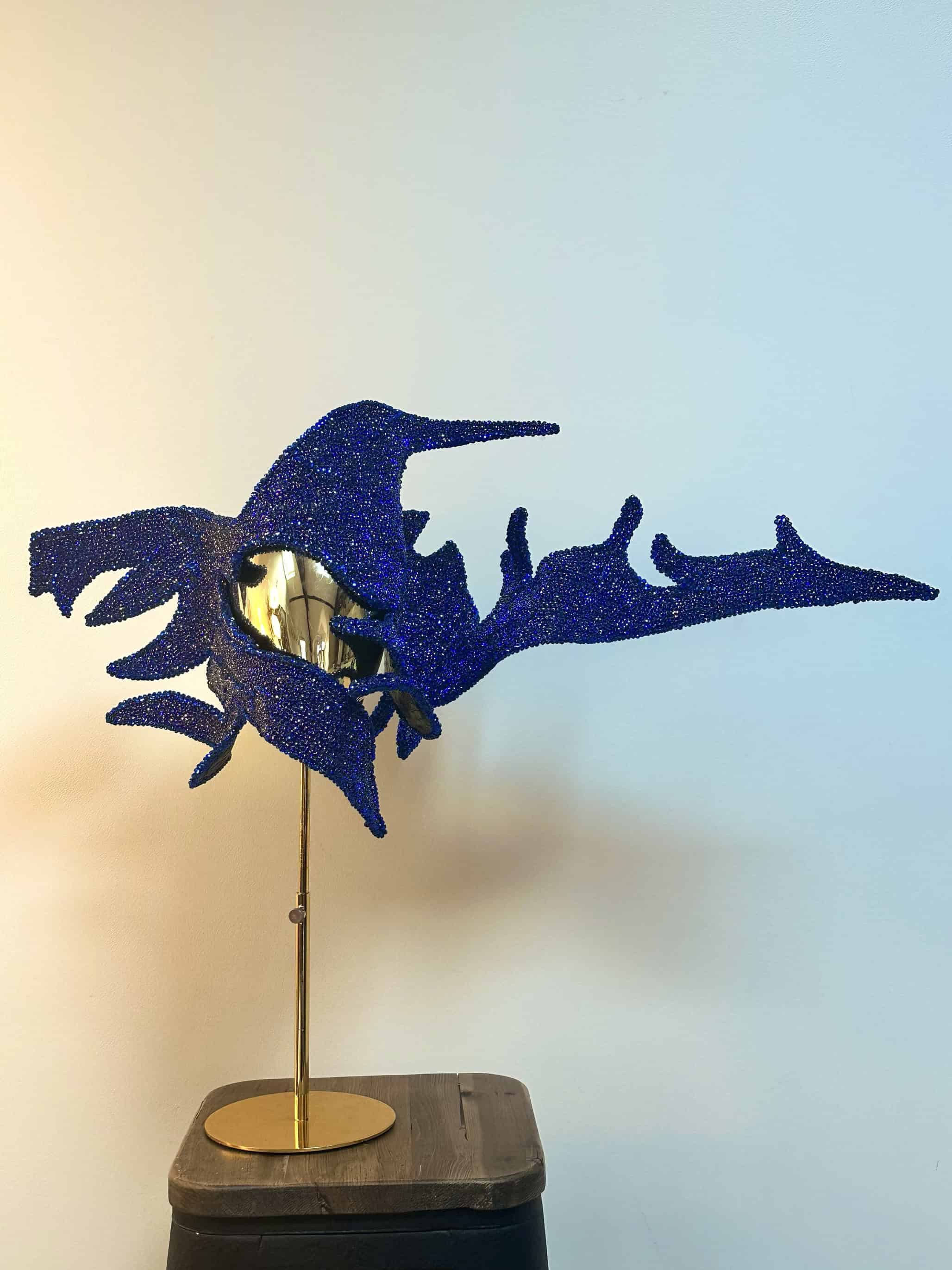
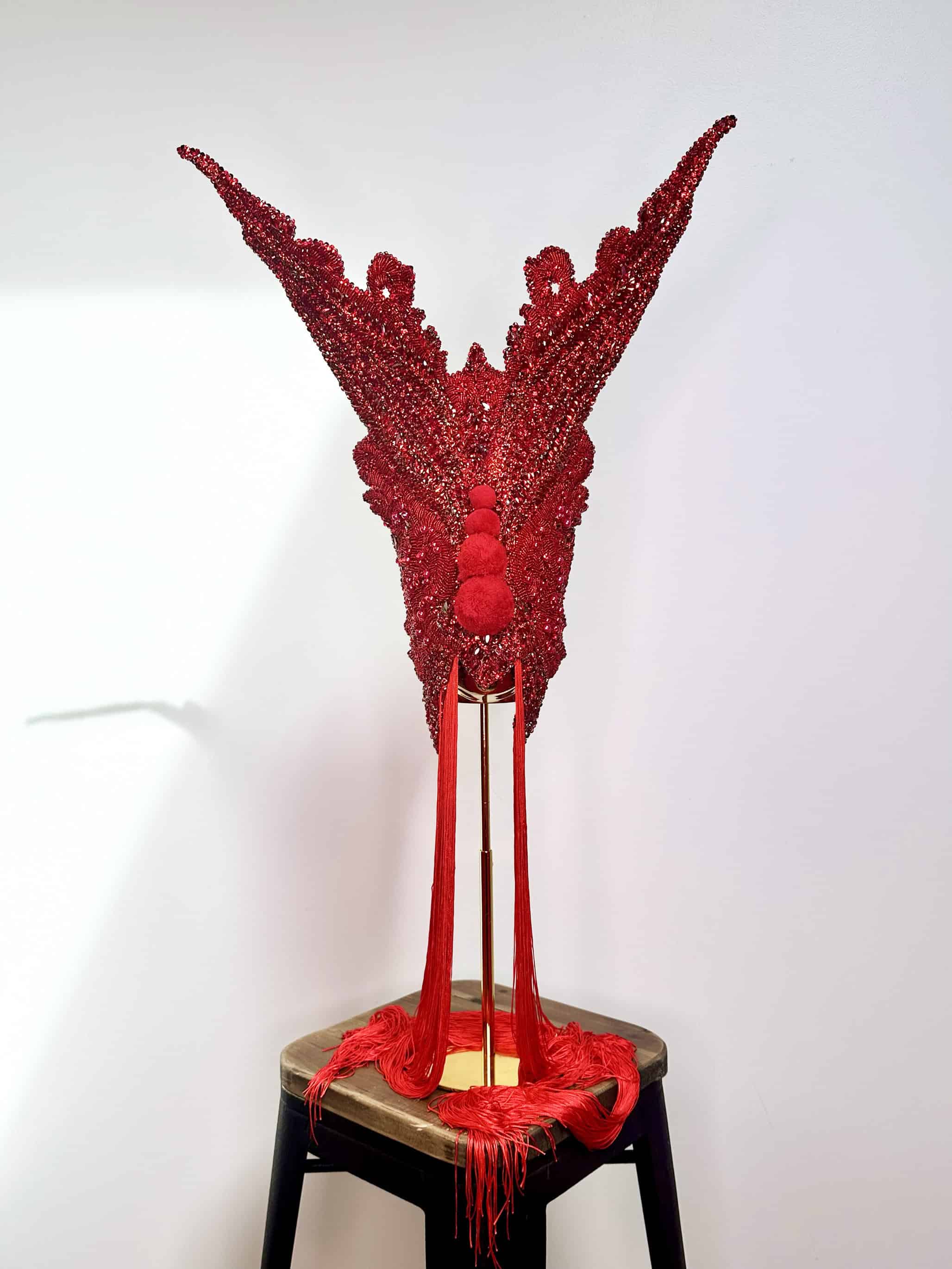
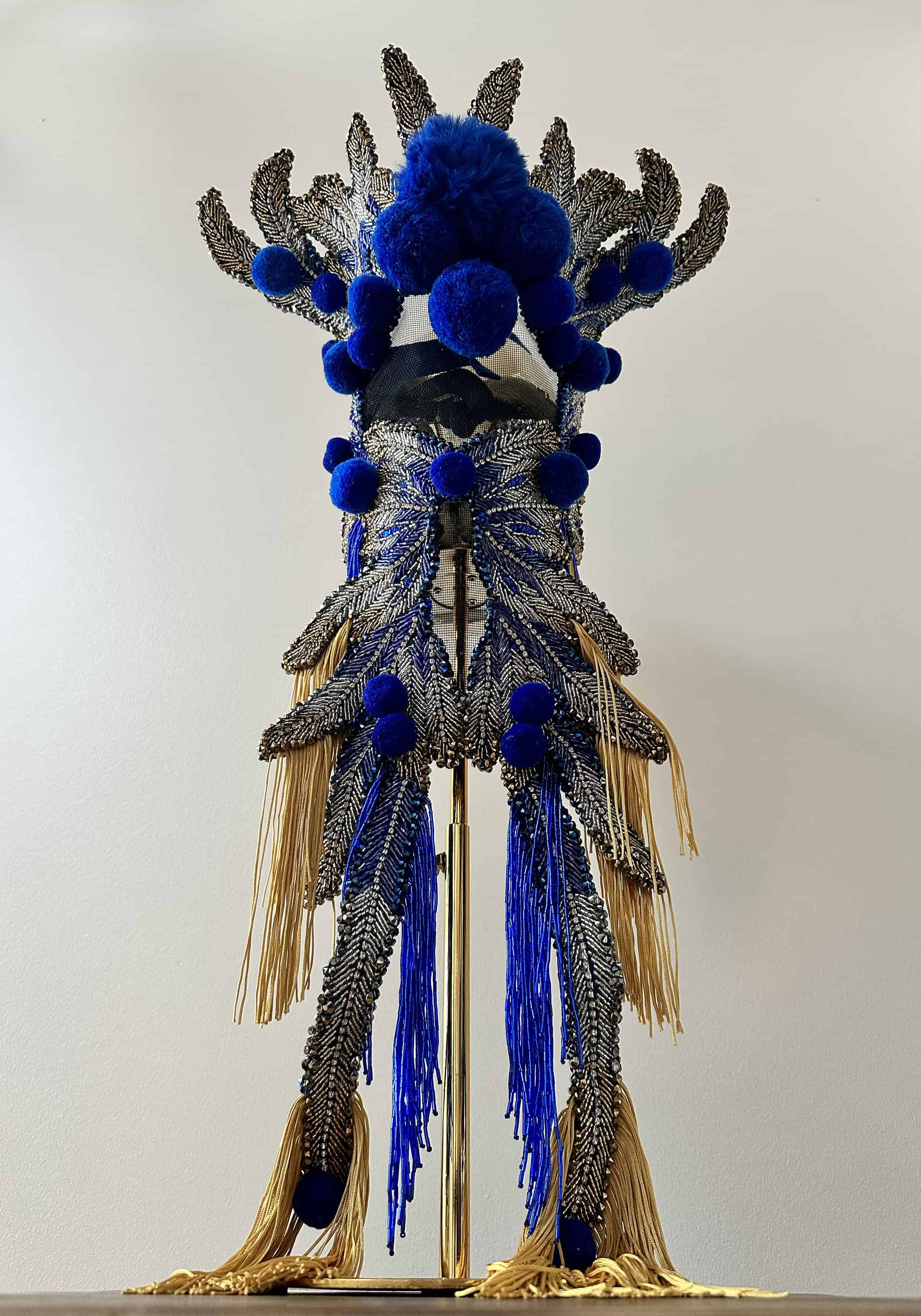
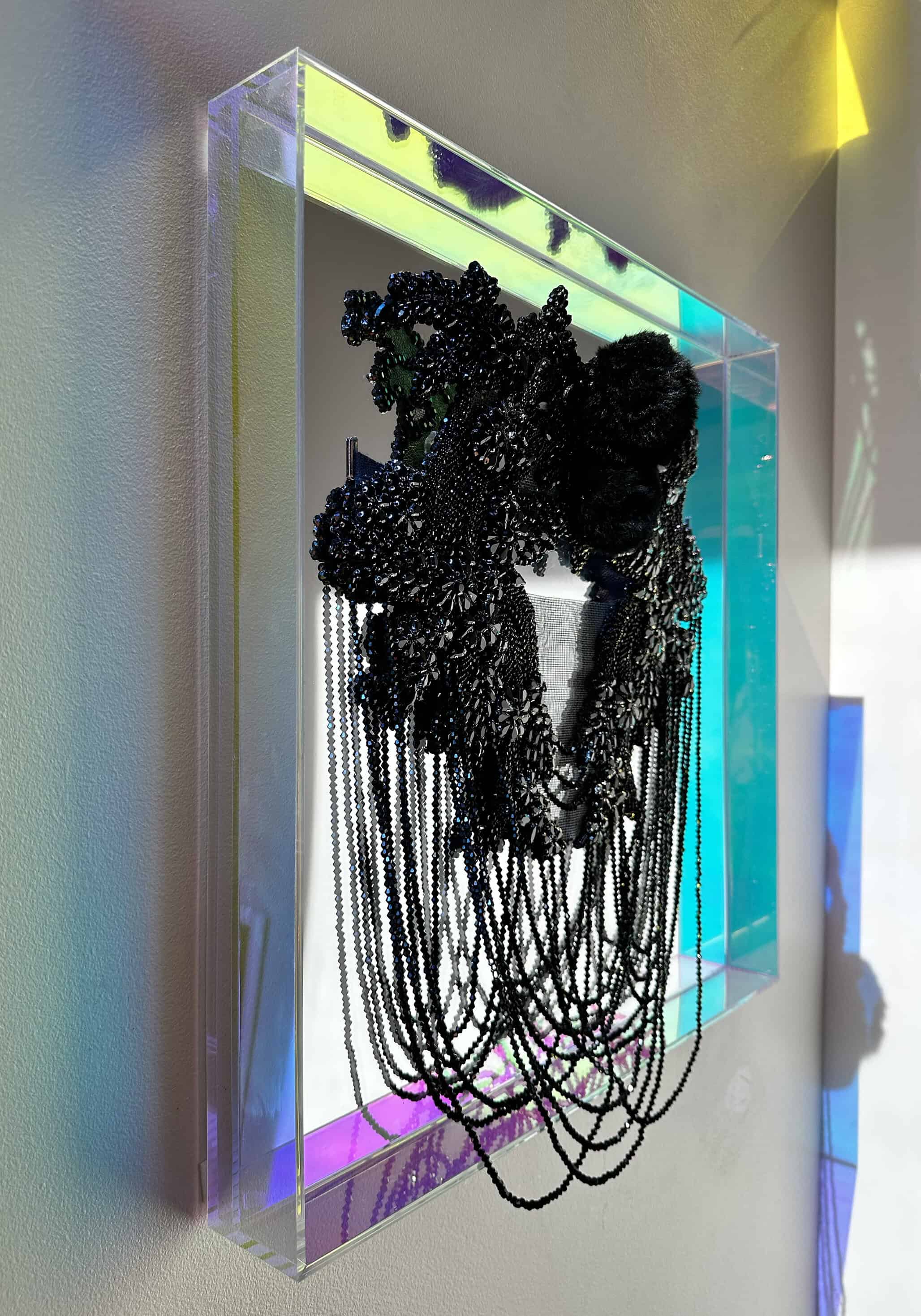
IRK: When did you start working with photography?
JASE: In 2007, my photographic journey took a distinct turn toward photojournalism. I embraced the less-traveled paths to document the lives and stories of people. Over the course of the next decade, I captured over 250,000 images, exploring more than 100 countries. These adventures led me to diverse and intriguing places, from Damascus, Syria, and the Himalayas to Armenia, Palestine, and beyond.
In 2013, my path led me to Shanghai, where my lens shifted focus to shooting for Chinese brands. This marked my foray into the realm of fashion photography and campaign work within the vibrant and dynamic landscape of China. The transition from documenting unexplored territories to capturing the essence of fashion in one of the world’s bustling metropolises added a new dimension to my evolving photographic style.
IRK: Where do you get inspiration for the names of your creations?
JASE: I like the titles to not only encompass the work itself but also capture the pulse of the times. It is a blend of current world events, pop culture nuances, clever wit, and snippets from conversations with individuals. It must represent my distinct perspective and humor.
How does paradox guide your creative process?
Paradoxes play a fascinating role in my creative process, as I like to navigate the tension between opposing forces. Paradoxes also often involve dualities or polarities. The juxtaposition of opposites can lead to innovative ideas and unique combinations. Do face sculptures reveal who you are, or do they hide? Is it a form of identity and power, or perhaps a commentary on escapism and fantasy? It challenges conventional thinking to explore alternative perspectives. Sometimes it involves the pursuit of balance and harmony between seemingly incompatible elements. Evolution, growth, and transformation are central themes that can emerge from it.
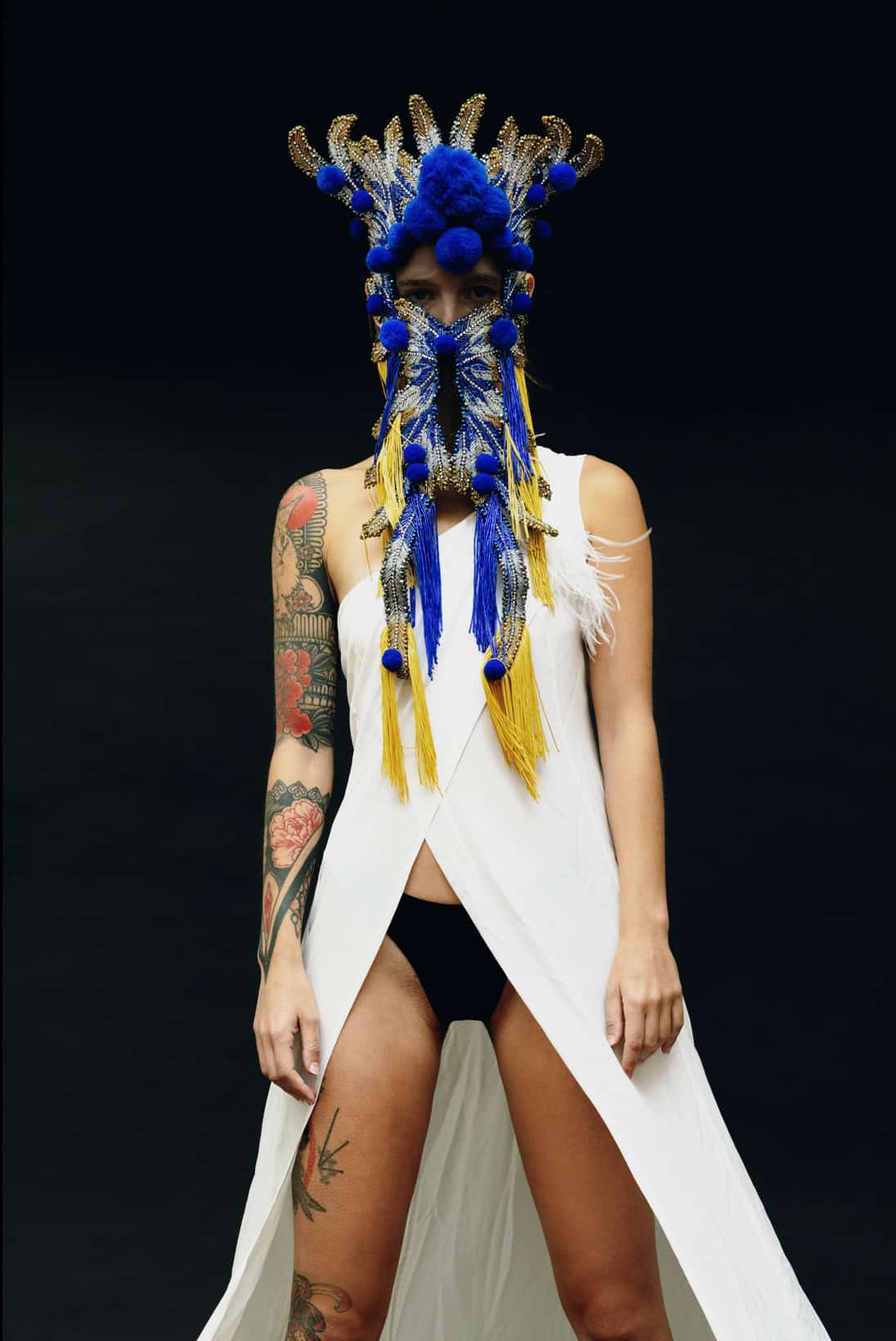
IRK: How has traveling impacted your creations?
JASE: By taking a step back from my familiar environment, I allowed for reflection and shifts in perspective. Being exposed to different cultures, textures, and ambiences helps me have a deeper understanding of the world. The cross-cultural exchange reflects a blend of influences and hybrid artistic styles within the evolution of my work. I use art as a means of processing and expressing the emotions and insights gained during my journeys.
IRK: Which are your biggest aspirations right now?
JASE: Creative fulfillment comes through evolving and growing, experimenting with new mediums, and pushing boundaries. I want to be proud of everything I put into the world, be it collaborating with refugees or commercial ventures. My aspiration is that my work will one day, in the future, be considered an art historical narrative of the current times.
Want to know more ?
More informations about the shows at: https://www.aquaartmiami.com/event-exhibitons
More information about Jase King’s exhibition at: https://www.aquaartmiami.com/dealer-details/1095/jase-king
Share this post

